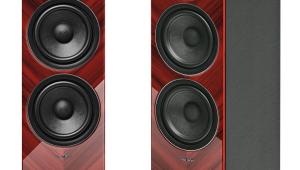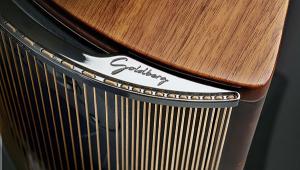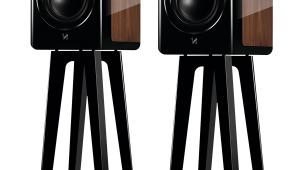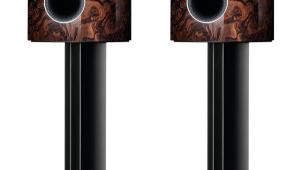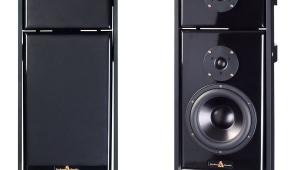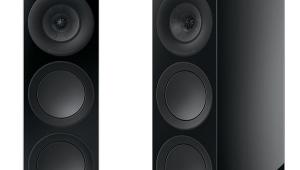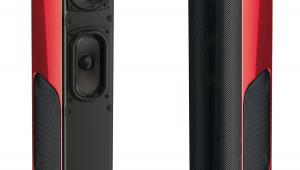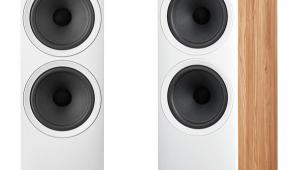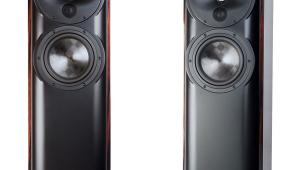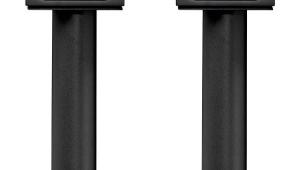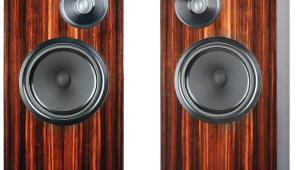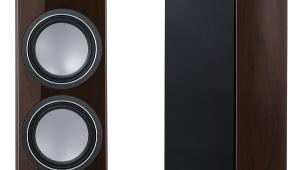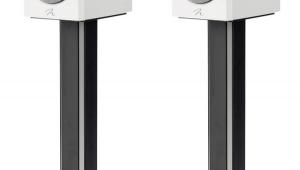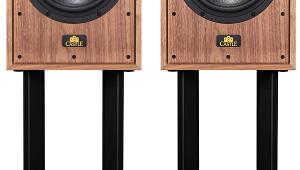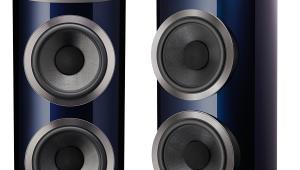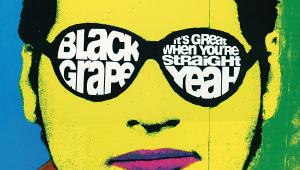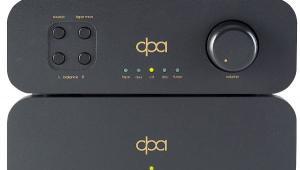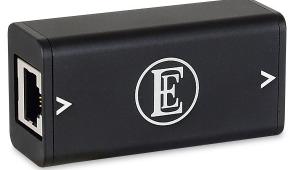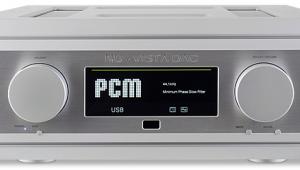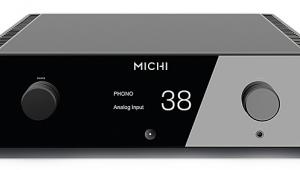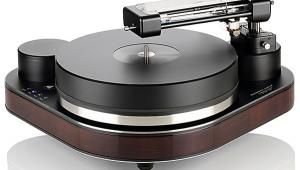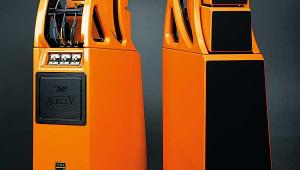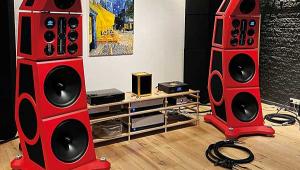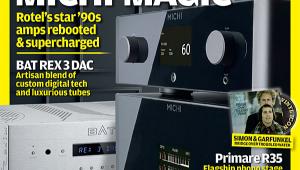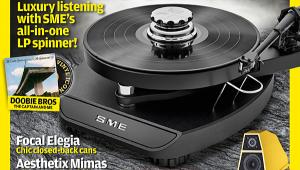PMC prodigy1 Loudspeaker Page 2
![]() Prodigious!
Prodigious!
Once all was what I felt to be optimal, it was almost a journey to the past as I had spent much time with small Radford, IMF and TDL transmission line speakers all those years ago. Transmission line bass egregiously has been accused – by some critics – of the kind of 'honk' associated with some big horn systems or even suffering one-note bass. Again, this was not my experience here.
Amplifier choice, however, is another issue as these were not as sensitive as I had anticipated. I happened to be using my old Marantz PM-4, which has a button to turn it into a 15W Class A amplifier, and I have to say that the drop in power was quite audible. Although the Class A mode sounded sweeter, and was more than fine up to my preferred listening levels, head-bangers would need to switch it to the 60W Class AB position.
As diminutive and cost-effective as they may be, with extra appeal to newcomers to audio, or those who don't want big, ugly boxes in their homes and who revel in the modern Spinal Tap blackness of the enclosure, the prodigy1s demand a superior amplifier and unsurprisingly really sing when you turn up the wick. They absolutely adored working with PMC's own cor integrated amp, rated at 95W/8ohm.
Presence Felt
If those who read between the lines are predicting a rock- or funk-biased sound, let me disabuse you of that by praising their unexpected subtlety. With Keb' Mo's Just Like You [Okeh/Epic 4841117 2 CD], the shimmer of his bottleneck guitar's sliding notes and the resonance of the instrument's body enjoyed such open, uncoloured presence that I could have been listening to the Quad ESL 57s [HFN Nov '57 & May '10] sitting behind them. There was a warmth which – prejudicial presumptions again – simply contradicted what I was assuming would be an ultramodern, hyper-analytical sound.
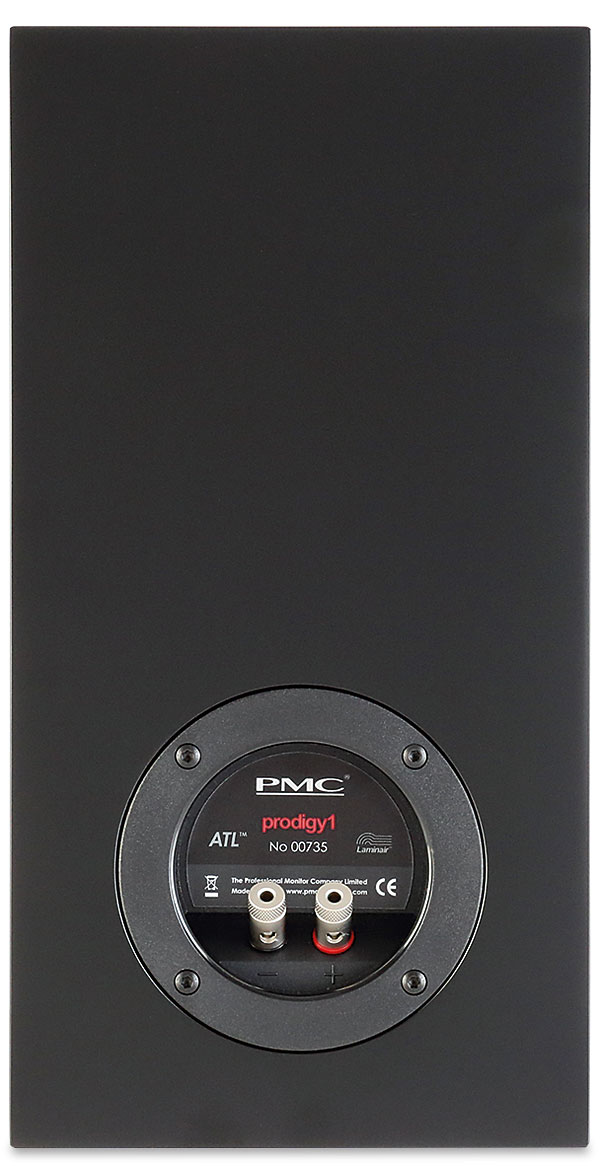
If you need to know why I suffered that preconception, it's because PMC also manufactures studio monitors for forensic listening. As detailed and precise as the prodigy1's portrayal may be, at no time was there an element of fatigue. With Woody Shaw's Blackstone Legacy [Craft Recordings CR00520], his trumpet displays enjoyed attack as crisp and fast as the punchiness and speed demanded, while the saxophones alongside showed the proper reediness – two levels of contrast that could obviate the other, but they never sounded bright.
Bass Invader
Then I remembered what PMC is also noted for, so it was back to the bass and the efficacy of its ATL topology. Ron Carter's bass was so fat, so substantial – and, yes, so beautifully extended – that I wondered what the prodigy5 could add. Should it turn out that there's even more bass from the floorstander, note that its footprint is the same and will rob you of no more vertical real estate than the prodigy1 on stands.
Having tasted the bass, however, I was drawn to a recording where a bassist was the main focus. The Leroy Vinnegar Sextet's Leroy Walks! [Contemporary CR00594] is one of those intimate, late-1950s jazz LPs that makes your system sound better than it should, so I had to temper my analysis with the realisation that I wasn't actually giving the prodigy1s a hard time. Having previously heard the LP through a system with 10in woofers, I was expecting the sound to feel diminished. It was not.
Because I spent so much time with the positioning, I was rewarded not just with better-than-ample bass from a small box, but with a room-filling soundstage. Within its borders, each member of the group had his own, beautifully defined space, while another strength revealed itself: this speaker loves dealing with percussion. Ultimately, though, I needed to hear something just a little more... majestic.
Chorus Of Approval
With the amp cranked up, I listened to Stanley Black and the London Festival Orchestra and Chorus's Music Of A People [London Phase4 LPL74060 open-reel]. Massed vocals, abundant strings, the need for scale… all handled like an IMF TLS50. Demonstrated here was a capacity for conveying the homogeneous 'wall of sound' as would be formed by a chorus and orchestra, while still allowing the listener to home in on individual instruments, if not quite an individual singer.
Best of all, the prodigy1 manages the 'disappearing act' which endears small speakers to listeners who appreciate their approximation of a point source. You would never guess their size if auditioned blindfolded. I might even suggest that PMC's prodigy1 is confused: it thinks it's a gigantic floorstander!
Hi-Fi News Verdict
Choose your cliché, especially 'good things come in small packages'. The prodigy1 is such a clever all-rounder that I now understand why it was a smash hit in Munich. It does everything you'd want at the size and price, provided you site it with care. As I said above, I've been looking for a small speaker just above budget/entry-level, and the prodigy1 standmount entirely fits the bill. I cannot praise it too highly.

